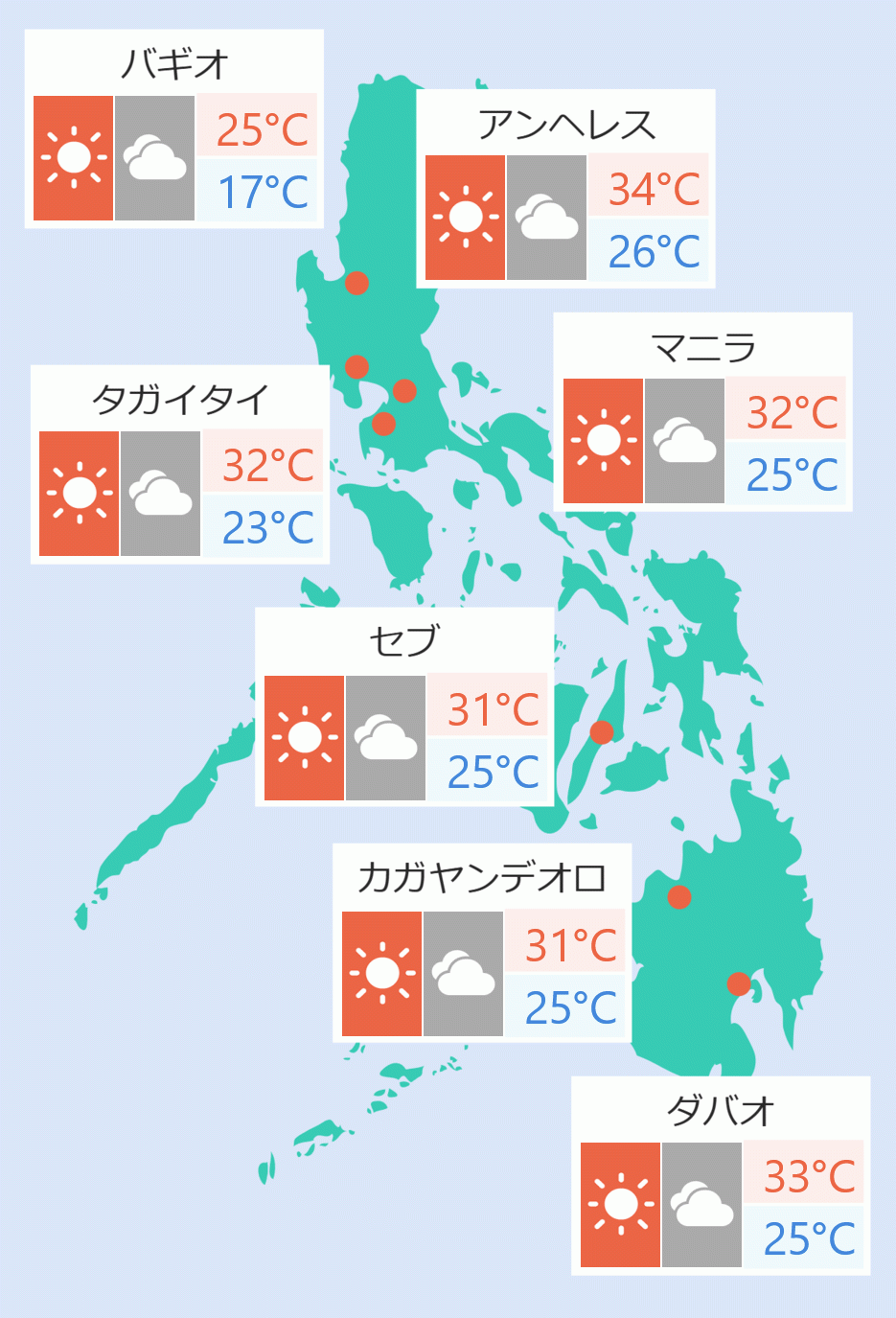The Asian Development Bank (ADB) forecast that inflation in the Philippines "is about to peak soon and start to decline.'
This was mentioned by ADB Country Director Kelly Bird during a media briefing on the Asian Development Outlook (ADO) for 2023 on Tuesday,
The Philippine Statistics Authority (PSA) will announce March inflation on Wednesday. In February, inflation declined to 8.6 percent from 8.7 percent in January.
According to the Asian Development Outlook, "inflation is expected to average 6.2 percent in 2023 before easing to 4 percent in 2024."
"Inflation is projected to decelerate in the second half of 2023 and through 2024 as the series of monetary policy tightening takes effect and global commodity prices ease," it stated.
As "inflation is about to peak" Bird expressed "hope that in the next couple of months it shows good signs of declining and moving back towards four percent towards the end of this year."
"We know that inflation is at a high end for the first quarter of this year, but we expect it to start to peak soon and start to decline. So should move toward four percent by the end of the year and next year we're looking at inflation around four percent or just below," he said.
Bird said high inflation is "due to supply constraints in the domestic market which has been intensified by restrictions on the ease of imports of several agricultural food commodities."
Bird also stressed that the "inflation in the Philippines is globally driven" following the disruption of the global supply chain.
"It's a global phenomenon. The Philippines inflation rate is about average of the global inflation rate, so it is not on the high end or at the low end. It's in the middle range and it's driven by disruption to global supply chains. It was also caused by Russian invasion to Ukraine which affected energy prices and commodity prices," he said.
"Some of the solutions in the Philippines, of course, obviously is to increase interest rates to reduce some of the demand pressures, but also I think it's important to review agriculture policies and look at those restrictions on imports of agriculture and which one can be reformed and can also help lower and stabilize food crisis," he added.
Bird said the ADO maintains its Philippine economic growth forecast for 2023 at six percent.
"The Philippines long term or potential growth rate is somewhere between 6 percent and 6.5. So at 6 percent this year the Philippines is at the lower end of potential growth rate which I think is very good news given the (trends) globally. It is also one of the highest growth rates in Asia Pacific as well," he said.
"Gross Domestic Product (GDP) growth already accounts for inflation so the six percent that we are talking about is real GDP. That is adjusted for inflation so it's really telling you that nominal GDP obviously is outstripping inflation. As long as real GDP is growing, it's something like six percent that is going to improve the well being of the Filipinos", he added.
Bird said the "growth drivers that would maintain growth at least six percent this year" includes infrastructure investment, rising employment and strong recovery in the tourism sector. Robina Asido/DMS





 English
English










